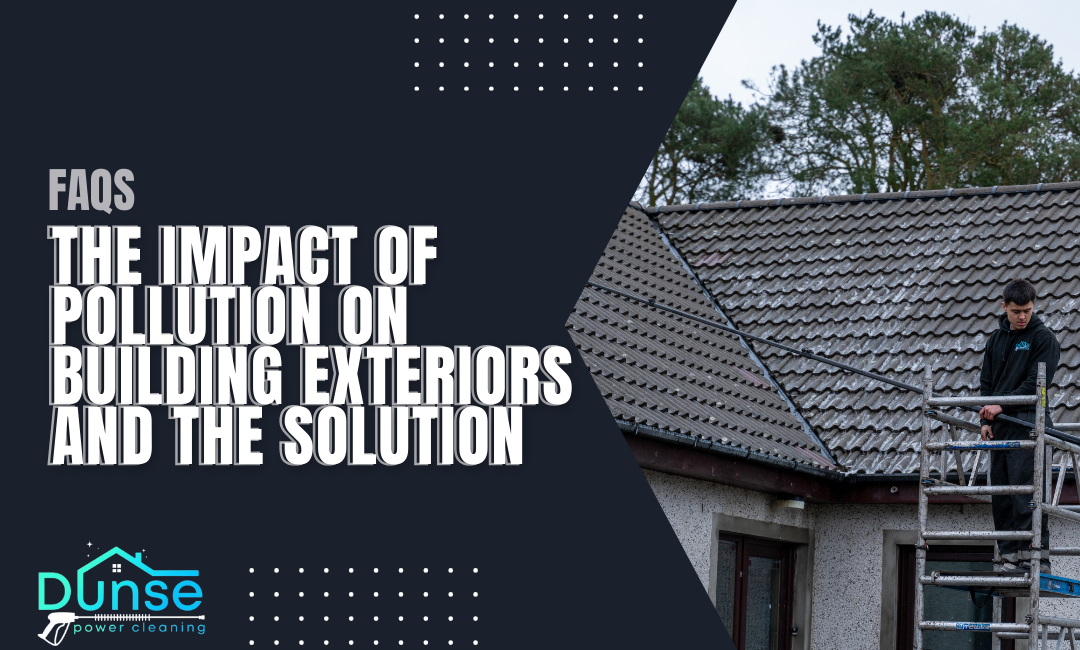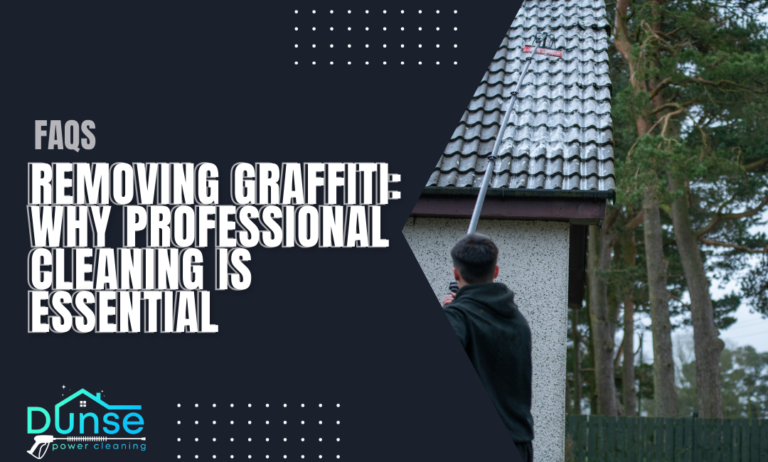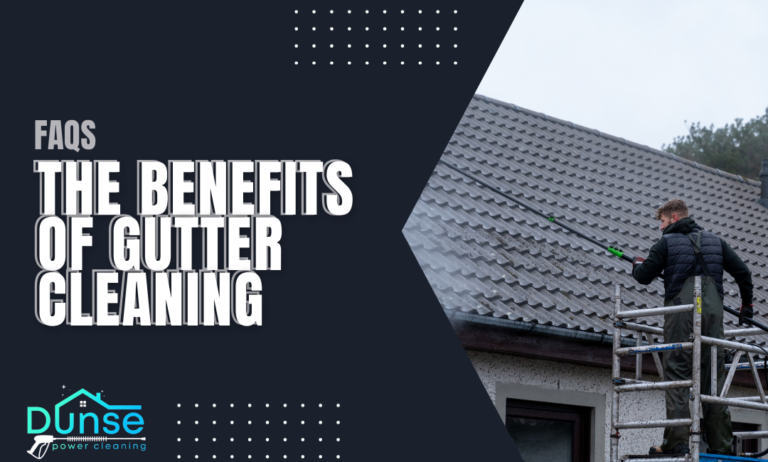The Impact of Pollution on Building Exteriors and the Solution
Pollution is an inevitable consequence of urban living, affecting not only our health but also the integrity and appearance of our buildings. The environmental pollutants from traffic emissions, industrial activities, and other sources can cause a significant impact on building exteriors. Here’s an exploration of this issue and solutions to address it effectively:
Understanding the Problem: How Pollution Affects Building Exteriors
- Environmental Pollutants: Pollutants such as soot, particulate matter, acid rain, and smog are major contributors to the deterioration of building facades. These pollutants can cause discoloration, erosion of materials, and growth of harmful microorganisms like mould and algae. According to environmental studies, buildings exposed to high pollution levels show faster degradation of paints and protective coatings.
- Chemical Reactions: The acidic nature of certain pollutants can react with the surfaces of buildings, leading to chemical weathering. For instance, sulfur dioxide (SO2) in the atmosphere combines with water to form sulfuric acid, which reacts with calcium carbonate in limestone, a common building material, leading to its decay. The buildup of these pollutants not only affects the aesthetics but also structural integrity over time.
- Microbial Growth: Pollution-related dampness and dirt can lead to the growth of algae, moss, and mildew. These organisms thrive in damp, polluted environments and can discolor building surfaces, reduce their lifespan, and require regular cleaning to remove.
The Solution: Effective Cleaning and Maintenance Practices
- Regular Power Washing: Regular power washing is an effective solution for removing accumulated dirt, pollutants, and biological growth from building exteriors. A high-pressure clean can remove the layer of pollution particles, restoring the original appearance and preventing long-term damage. According to industry experts, power washing not only improves the curb appeal but also prolongs the lifespan of the building’s materials by preventing embedded dirt from accelerating the wear process.
- Soft Washing: For more delicate surfaces, like older brickwork or wood cladding, soft washing is recommended. This technique uses lower pressure and environmentally friendly detergents to clean surfaces without causing damage. Soft washing is especially effective for removing biological growths and pollutants that are common in polluted environments.
- Protective Coatings: Applying protective coatings, such as anti-graffiti or hydrophobic sealants, can prevent pollutants from bonding to building surfaces. These coatings create a barrier that not only repels water but also resists the deposition of pollutants, keeping the building cleaner for longer periods.
Pollution poses a serious threat to the aesthetics and longevity of building exteriors. Implementing regular power washing and maintenance, using appropriate cleaning techniques, and applying protective coatings can significantly mitigate these effects. For more information on professional power washing services, visit our homepage, explore our services, follow us on Facebook, or contact us.





